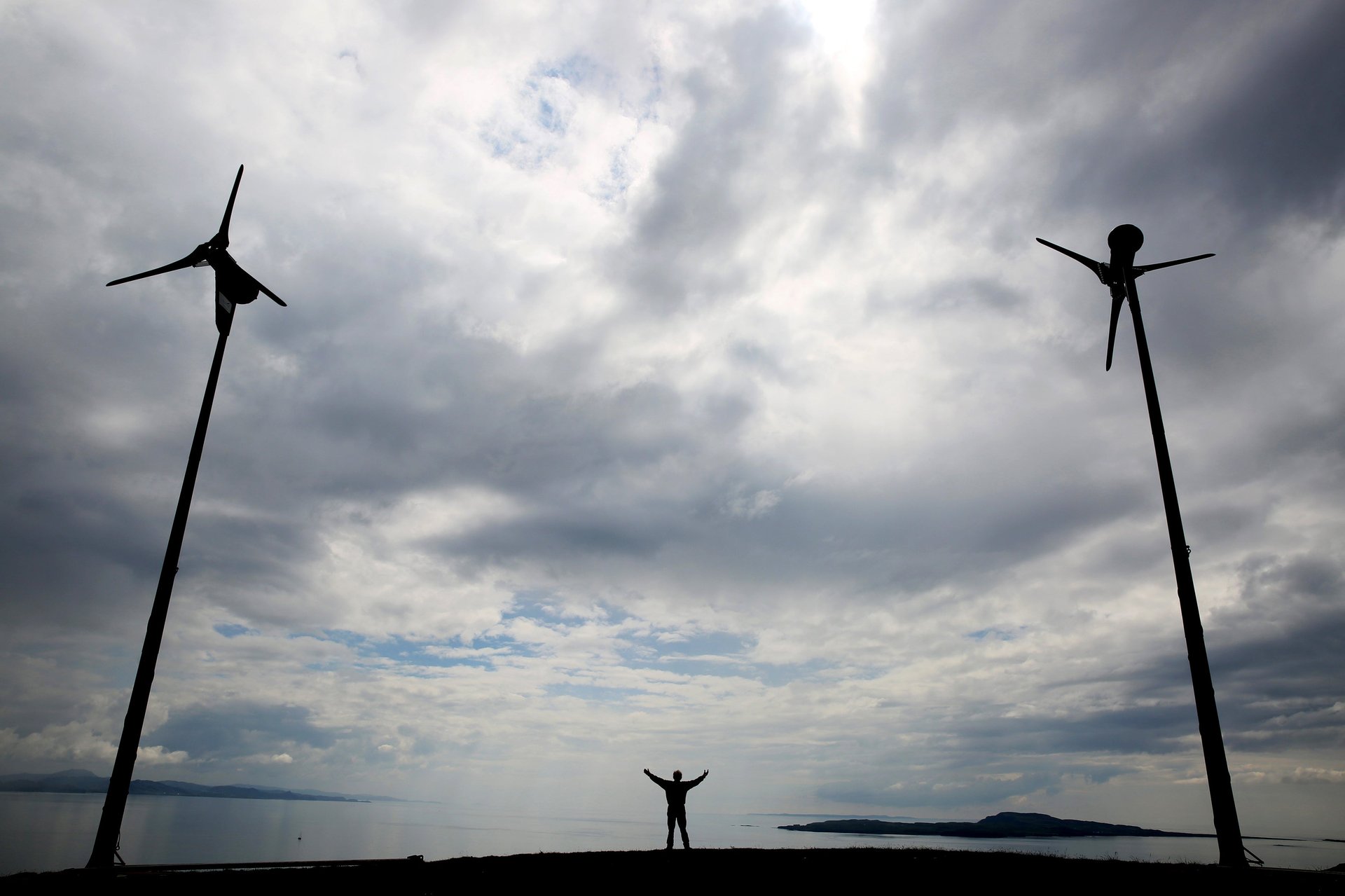Scotland hit its ambitious emissions-cutting target six years early
Scotland set itself a bold target of cutting emissions by 42% by 2020, versus 1990 levels. According to the latest figures, it met its goal six years ahead of schedule.


Scotland set itself a bold target of cutting emissions by 42% by 2020, versus 1990 levels. According to the latest figures, it met its goal six years ahead of schedule.
Emissions fell by 12.5% in 2014 alone, making for a 46% reduction versus the 1990 baseline. Scotland has been a pioneer in renewable energy; the government has plans to build the UK’s first floating wind farm and huge, sunken turbines in Scotland’s wild seas.
In comparison, the UK as a whole has reduced emissions by 30% over the same period.
Roseanna Cunningham, Scotland’s climate change secretary, hailed the progress and hinted at plans to set a new, tougher 2020 target.
Though climate campaigners welcome the news, some are critical about the government’s role in achieving the target. The recent reduction in emissions may be down to a warmer winter than usual, which resulted in people turning down their heating. Critics also want officials to come up with bolder policies to tackle emissions from transport, which have changed little.
Scotland isn’t alone in meeting its target early. Bulgaria, Estonia, and Sweden did it in 2014, followed later by Croatia, the Czech Republic, Finland, Italy, Lithuania, and Romania, and following suit. The European Union as a whole has met its greenhouse gas-reduction target ahead of schedule, too. That said, the EU’s target to reduce emissions by 20% by 2020 has been criticized as lacking ambition.
But there are still laggards. Britain, France, and Germany—which account for 45% of all EU emissions—have yet to meet their climate targets. The latter recently announced generous subsidies in a bid to increase electric car sales to meet national climate goals.